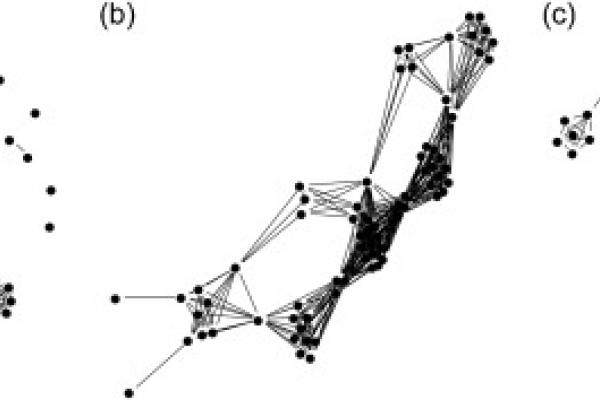Paper in Epidemics

Our paper Network analyses of transhumance movements and simulations of foot-and-mouth disease virus transmission among mobile livestock in Cameroon is out in Epidemics. Here is the citation and abstract: Pomeroy, Laura W., Mark Moritz, Rebecca Garabed. 2019. Network analyses of transhumance movements indicate that they alone cannot maintain endemic foot-and-mouth disease among mobile pastoralists in Cameroon. Epidemics, x(x)xx-xxx. 10.1016/j.epidem.2019.02.005.
Foot-and-mouth disease (FMD) affects cloven-hoofed livestock and agricultural economies worldwide. Analyses of the 2001 FMD outbreak in the United Kingdom informed how livestock movement contributed to disease spread. However, livestock reared in other locations use different production systems that might also influence disease dynamics. Here, we investigate a livestock production system known as transhumance, which is the practice of moving livestock between seasonal grazing areas. We built mechanistic models using livestock movement data from the Far North Region of Cameroon. We represented these data as a dynamic network over which we simulated disease transmission and examined three questions. First, we asked what were characteristics of simulated FMDV transmission across a transhumant pastoralist system. Second, we asked how simulated FMDV transmission across a transhumant pastoralist system differed from transmission across this same population held artificially stationary, thereby revealing the effect of movement on disease dynamics. Third, we asked if disease simulations on well-studied theoretical networks are similar to disease simulations on this empirical dynamic network. The results show that the empirical dynamic network was sparsely connected except for an eight-week period in September and October when pastoralists move from rainy season to dry season grazing areas. The mean epidemic size across all 3,744 simulations was 99.9% and the mean epidemic duration was 1.45 years. Disease simulations across the static network showed a smaller mean epidemic size (27.6%) and a similar epidemic duration (1.5 years). Epidemics simulated on theoretical networks showed similar final epidemic sizes (100%) and different mean durations. Our simulations indicate that transhumant livestock systems have the potential to host FMDV outbreaks that affect almost all livestock and last longer than a year. Furthermore, our comparison of empirical and theoretical networks underscores the importance of using empirical data to understand the role of mobility in the transmission of infectious diseases.
